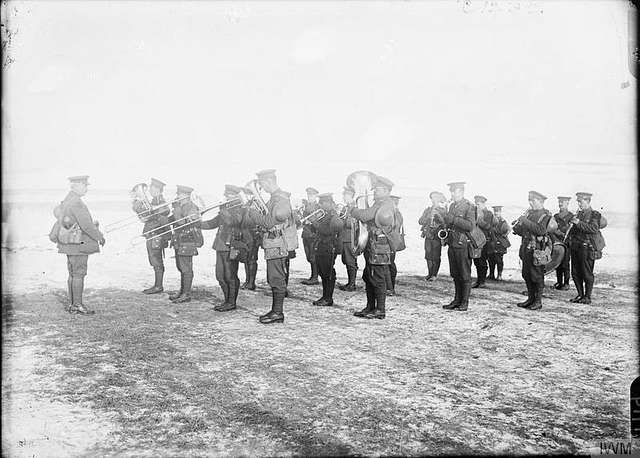
The legacy of Lieutenant John Percy Hume Atkin, a valiant soldier of the Canadian Expeditionary Force (CEF), is one that deserves recognition and remembrance. Born on 26 February, 1883, in La Ceiba, Atlántida, Honduras, Lt Atkin made significant contributions to the war effort during World War I. This article aims to shed light on his military service and commemorate his sacrifices.
Lt Atkin’s journey into the CEF began after he had worked as a Planter and served with the 16th Field Battery of the Canadian Field Artillery. On 31 December, 1914, he enlisted in the Canadian Field Artillery, specifically the 4th Brigade, demonstrating his commitment to serving Canada. His overseas theatre of war was France.
During World War I, the Canadian Field Artillery played a vital role in directing bombardments and providing artillery support. Lt Atkin, alongside his comrades, participated in targeting enemy positions, trenches, and machine gun deployments, playing a crucial role in the success of Canadian operations. Their efforts also contributed to the development of counter-battery techniques, aimed at neutralizing enemy guns and minimizing their impact on Canadian forces.
The notable contributions of the Canadian Field Artillery occurred during significant battles was the Battle of Vimy Ridge, which took place from 9 to 12 April, 1917. This battle showcased the skill and effectiveness of the Canadian Artillery in dealing with well-fortified enemy positions and counterattacks. The introduction of innovative tactics, such as the creeping barrage technique, further highlighted the Canadian Artillery’s ability to protect advancing troops and achieve strategic objectives.
In the spring of 1918, as the Germans launched their final offensive to break the stalemate on the Western Front, Allies forces courageously stood their ground against the enemy’s advances. Their resistance, combined with the offensive efforts of the Allies, played a pivotal role in turning the tide of the war. Ultimately, the fighting ceased with the defeat of Germany and the signing of the Armistice on 11 November, 1918.
However, Lt John Percy Hume Atkin’s military service came at a significant personal cost. On 21 July, 1916, he suffered injuries in Voormezelle, while climbing a tree to take observations, slipped and fell on the pave and broke two ribs broken, requiring medical attention and a period of recovery. Despite his recovery, tragedy struck as he later succumbed to Broncho Pneumonia on 4 February, 1919, at the age of 36. Lt Atkin’s final resting place is the Huy (La Sarte) Communal Cemetery in Liege, Belgium.
The sacrifice made by Lt Atkin serves as a stark reminder of the toll that war takes on individuals and their families. His dedication to duty and his ultimate sacrifice for his country exemplify the bravery and selflessness displayed by those who served in the Canadian Expeditionary Force. He left behind his wife, Viola Grace Atkin, of Belize, British Honduras, adding a personal dimension to his story of sacrifice and resilience.
Lt John Percy Hume Atkin’s story serves as a reminder to the younger generation of the sacrifices made by individuals during times of conflict. His contributions to the Canadian Expeditionary Force, particularly in the field of artillery, highlight the importance of teamwork, innovation, and perseverance in the face of adversity.
As we remember Lt Atkin, it is our responsibility to honor his memory and that of countless others who served alongside him. Their bravery, resilience, and commitment to duty should inspire us to strive for a more peaceful world. Let us express gratitude to all those who have served and continue to serve our country, protecting the values we hold dear.
The Latin American Soldiers in Canada Committee’s mission is to publicize the names and stories of Canadian-Latinos who were part of the Canadian Armed Forces.
By Capt Rey Garcia-Salas





